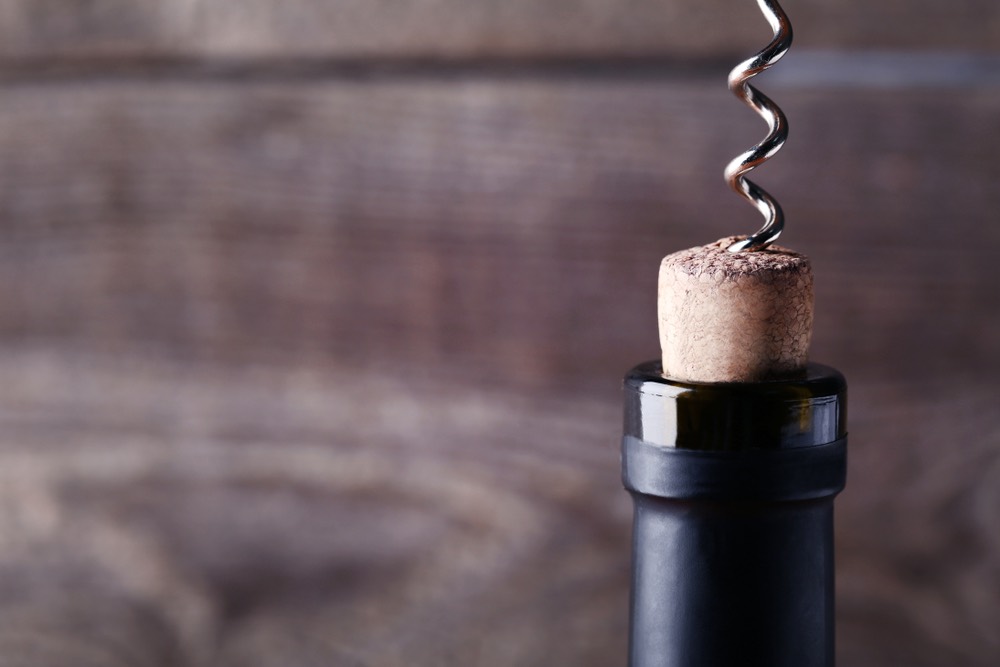There are wines, and then there are wines. This is true of corks. Not all are made the same, especially for those who truly are passionate about viticulture and wines. Let’s start with the actual material used to make wine corks. Sometimes they are made from silicon, other times from actual natural cork. But the question is what difference does this make?
Natural Wine Corks
This is typically the instrument par excellence used. It is the type of cork we think of when we think of a typical bottle of wine. This was once material that was easy to acquire and adaptable to most bottlenecks. It is flexible and airtight, making it ideal to seal a wine bottle. When you buy a bottle of wine which uses natutal wine corks, especially red wine, you may notice that it contains four microscopic holes. This is not a decorative choice, but the holes create a sort of inner tube that allows wine a constant micro-oxygenation – this allows the wine to “breathe” through a discreet exchange of oxygen outside of the bottle. This is why the natural cork is the best choice of material for wines which have long refinement and oxygenation processes. Natural corks tend to smell of mushroom (armillaria mellea) which may also alter the taste of a wine in a negative way.
Synthetic Corks
The alternative to natural corks is a synthetic cork. It is generally made of chipboard, glued cork sheets and sometimes even glass. This type of cap has an undeniable advantage – it ensures that the smell of the cork has no effect over the wine. Synthetic corks are typically used for young, ready to drink wines with strong fruity and floral scents. It is quite difficult, if not impossible to find a synthetic cork on top of a refined bottle of wine such as a Brunello di Montalcino, Barolo or Taurasi. Why? Synthetic materials do not allow for micro-oxygenation for wines aging wines. The natural cork is the best option for these types of wines.
Screw Caps
The third type of bottle seal is the metal screw cap. This is typical on one and a half liter bottles often seen on household tables. This type of cap sometimes causes a bit of a stir. It does eliminate the risk of armillaria mellea, preserbing the wine from mold or any other types of odors, and it does delay oxidation – characteristics which make this a perfect seal, but it is still fairly new on the wine market and not entirely accepted by winemakers. France, one of the world’s leading wine producers, is adopting the screw cap more and more, even on some fine wines. More traditional countries such as Italy, are a bit resistant to the screw cap. After all, part of the tradition is uncorking the bottle. You can’t do that with a screw cap!





